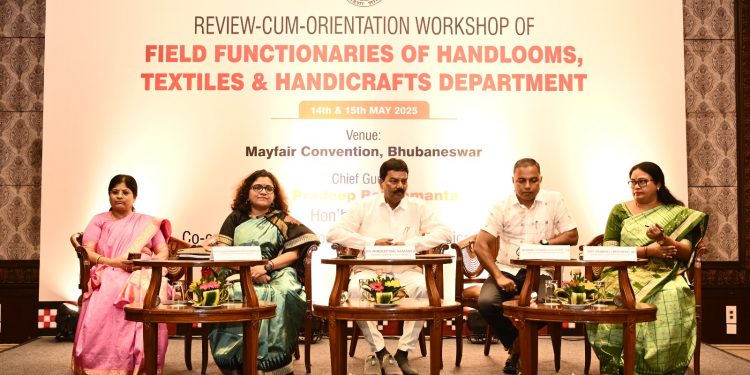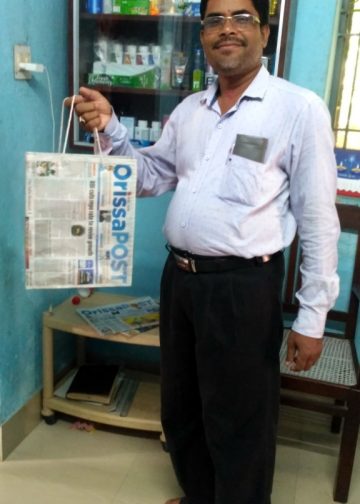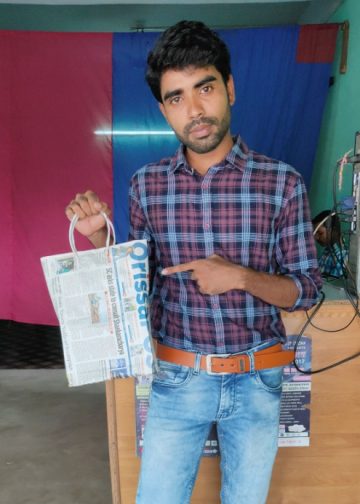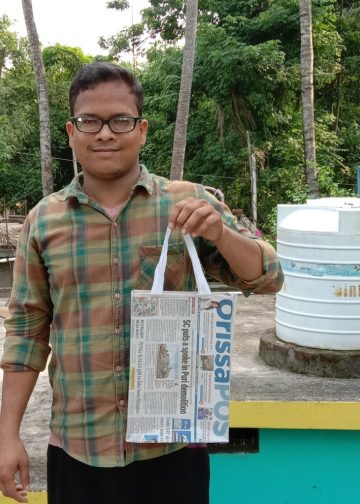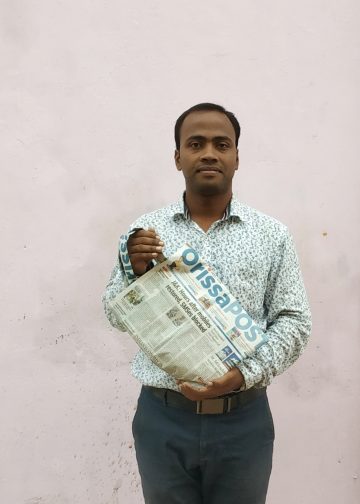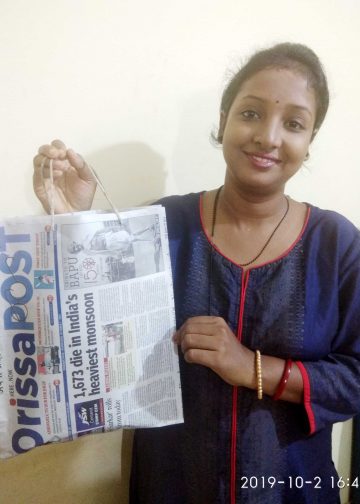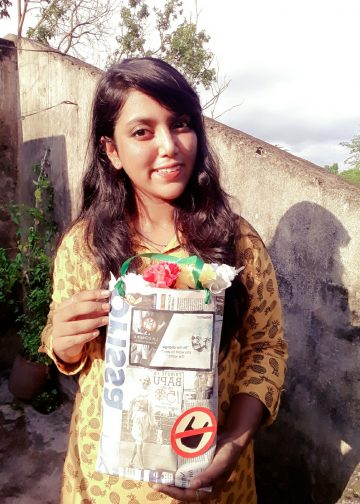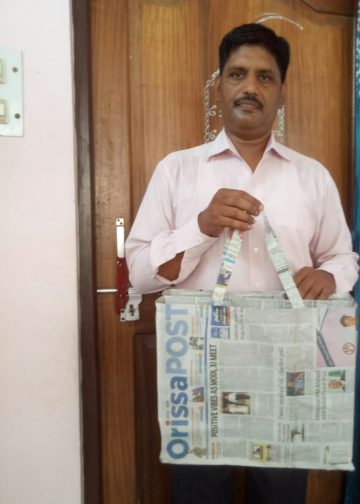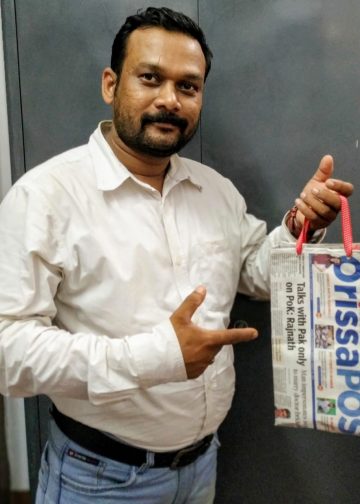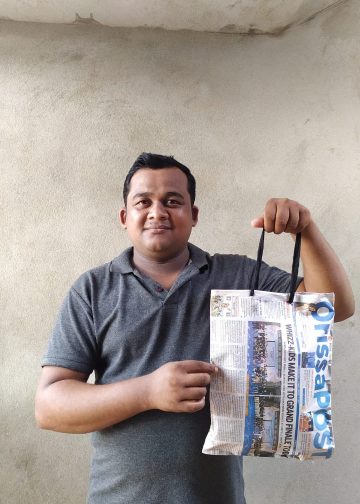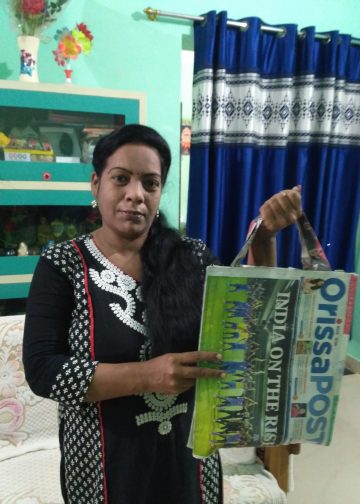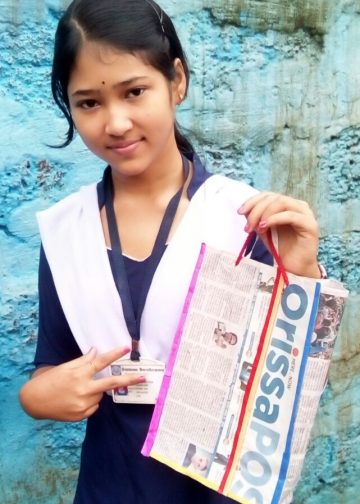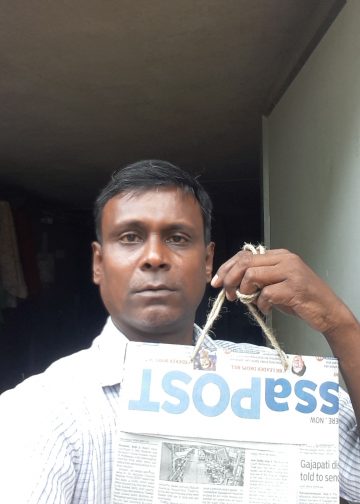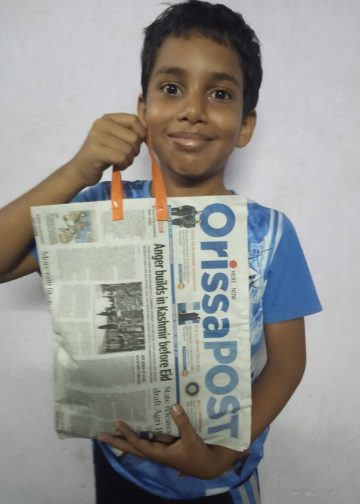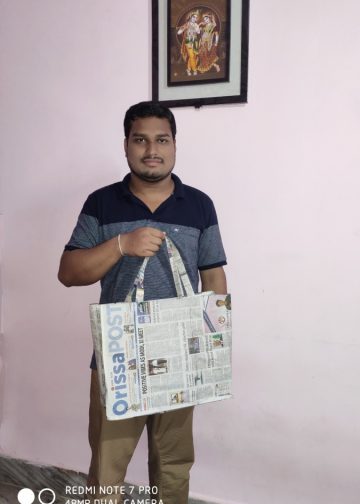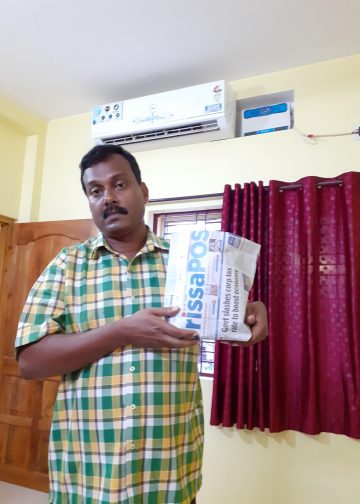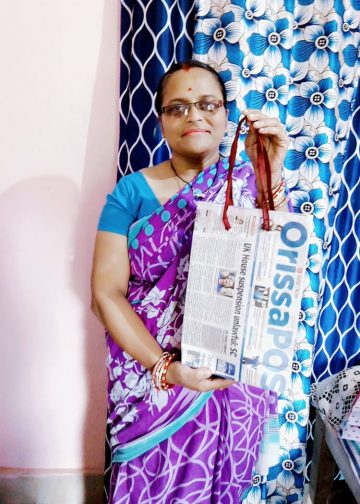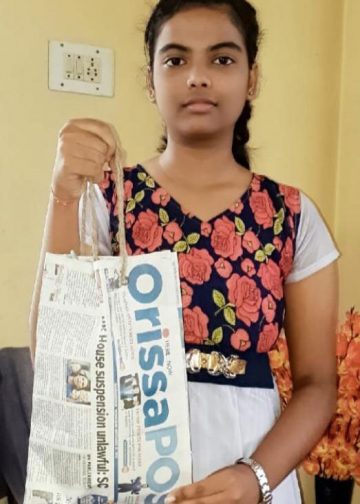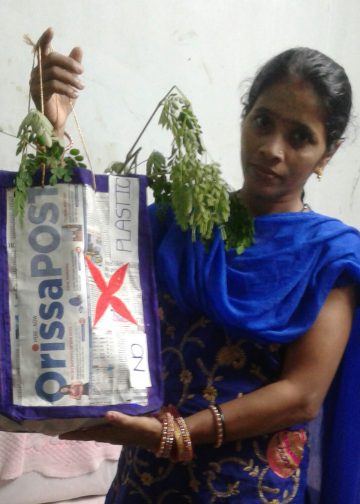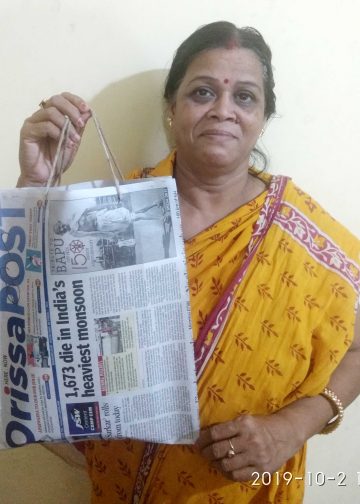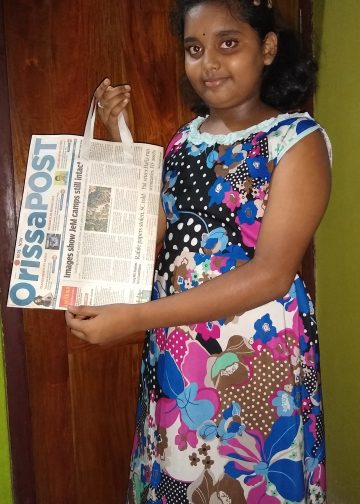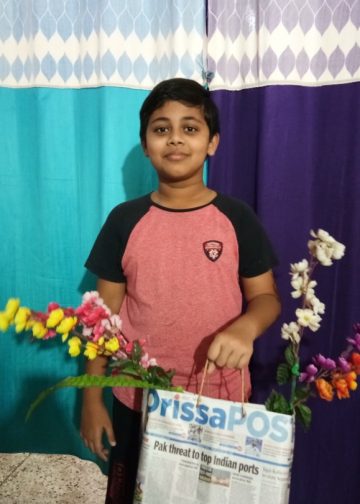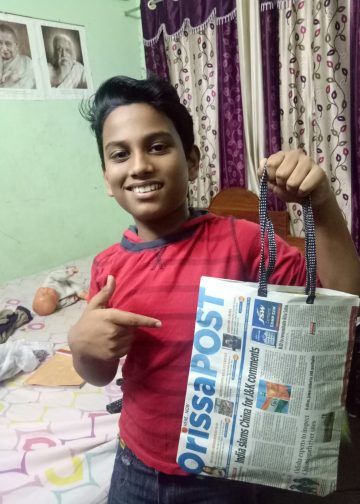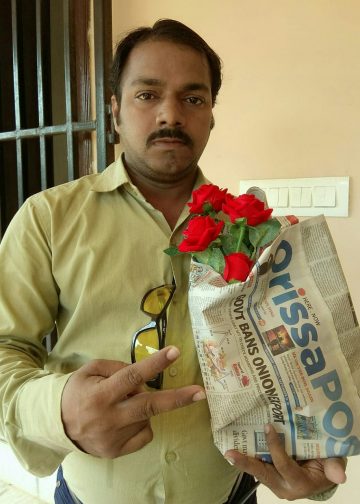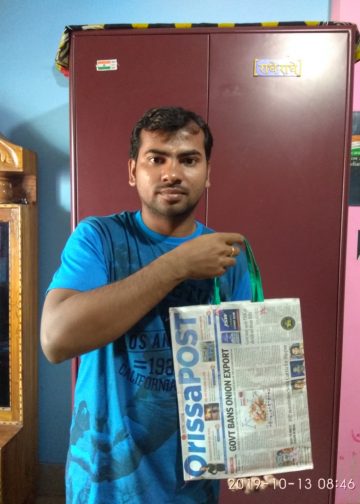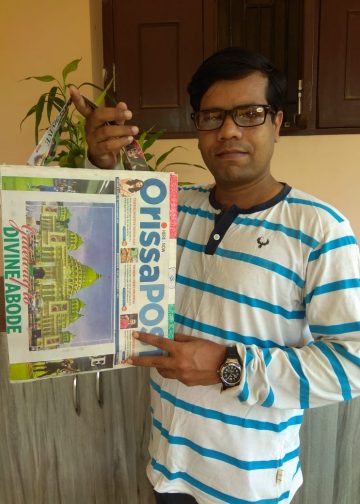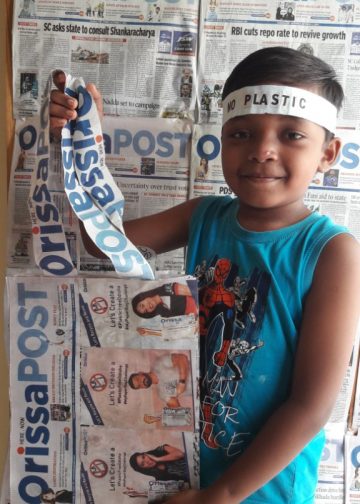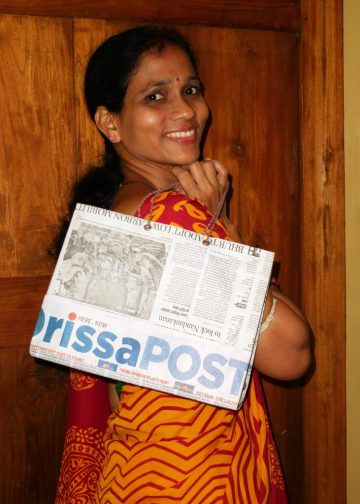Bhubaneswar: Handloom, Textiles and Handicrafts Minister Pradeep Bal Samanta underlined the importance of handloom and handicrafts as key cultural symbols of the state, urging the need for enhanced marketing strategies and global exposure.
During the inauguration of a two-day workshop and review meeting for field officers of the Handloom, Textiles, and Handicrafts department here Wednesday, the Minister emphasised leveraging online platforms to promote local products internationally.
Samanta noted that Odisha’s traditional crafts have significant cultural value, but it is essential to strengthen the marketing mechanisms to make these products globally accessible.
He called for a concerted effort to increase the global presence of the state’s handicrafts while also improving the welfare of local artisans, weavers, and silk farmers.
The Minister emphasised the importance of inclusive planning that would prioritise the welfare of artisans and provide employment opportunities, especially for women and youth.
He pointed out that investments in the apparel and textile industries could play a crucial role in creating job avenues, leading to economic growth in rural areas.
The meeting, which was attended by senior officials and field officers, also reviewed the progress and effectiveness of various departmental schemes. The focus was particularly on boosting silk production in the state, which includes Muga, Tussar, Eri, and Mulberry silks.
Encouraging entrepreneurship, especially among unemployed youth, was another key focus area. In her address, Commissioner-cum-Secretary Guha Poonam Tapas Kumar stressed the need for innovation in design, modern packaging techniques, and the development of new market linkages and clusters to promote Odisha’s handloom and handicrafts.
Director of Textiles Prem Chandra Chaudhary called for regular training programmes and the provision of incentives to upskill weavers and artisans.
Several key achievements for the 2024–25 fiscal year were outlined during the meeting, including the construction of 2,375 work sheds for weavers, loom pit concretisation for 762 weavers, and installation of lighting units for 9,428 weavers.
Additionally, interest-free working capital loans of up to Rs 1 lakh were approved for 567 weavers and ancillary workers, with Rs 180.78 lakh allocated to the Odisha State Cooperative Bank for interest subvention.
The workshop’s overall goal is to create a strong foundation for the sustainable growth of Odisha’s handloom, textiles, and handicrafts sectors.
PNN


